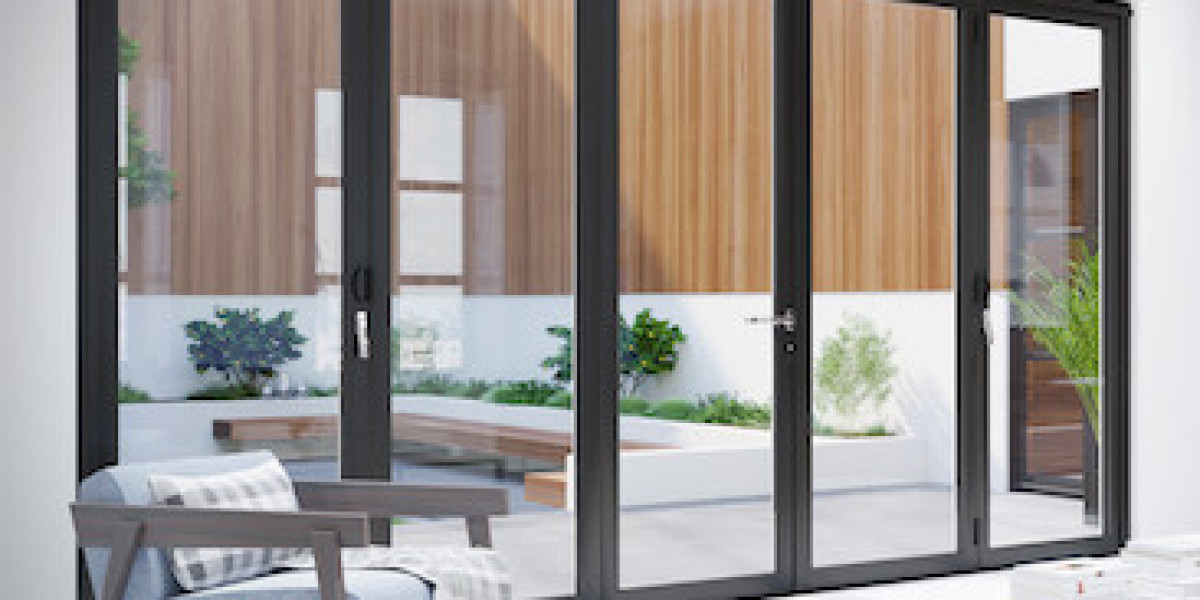The Ultimate Guide to Cat pet Flap installer [www.Repairmywindowsanddoors.co.uk] Fitting: A Comprehensive Overview
As any cat owner can confirm, offering a safe and convenient way for your feline buddy to go into and exit your house is essential. One popular service is a cat flap, a small door installed in a wall or door that allows your cat to come and go as it pleases. However, fitting a cat flap requires careful consideration and planning to guarantee that it is safe, protected, and efficient. In this article, we will look into the world of cat flap fitting, checking out the various kinds of cat flaps, the advantages and drawbacks of each, and offering a step-by-step guide on how to set up a cat flap in your house.

Kinds Of Cat Flaps
There are several types of cat flaps available on the marketplace, each with its unique features and benefits. Some of the most popular types of cat flaps include:
- Manual Cat Flaps: These are the a lot of standard type of cat flap and need your cat to press the flap open with its head or paw.
- Magnetic Cat Flaps: These cat flaps use a magnetic closure to keep the flap shut, offering included security and minimizing drafts.
- Electronic Cat Flaps: These state-of-the-art cat flaps use sensing units and motors to open and close the flap, providing optimum benefit and security.
- Insulated Cat Flaps: These bespoke cat flap installation flaps are designed to reduce heat loss and keep your home warm, making them ideal for chillier environments.
Advantages of Cat Flaps
Cat flaps offer several advantages to both felines and their owners, including:
- Convenience: Cat flaps allow your cat to come and go as it pleases, lowering the requirement for continuous door opening and closing.
- Security: Cat flaps supply a safe and protected method for your cat to get in and leave your home, minimizing the danger of injury or escape.
- Energy Efficiency: Insulated cat flaps can assist decrease heat loss and keep your home warm, making them an economical service.
- Lowered Stress: Cat flaps can help decrease tension and stress and anxiety in felines, providing them with a sense of freedom and self-reliance.
Drawbacks of Cat Flaps
While cat flaps use several benefits, there are also some potential drawbacks to consider, consisting of:
- Security Risks: If not set up correctly, cat flaps can pose a security danger, enabling undesirable animals or intruders to enter your home.
- Drafts: If not insulated properly, cat flaps can develop drafts, lowering the energy effectiveness of your home.
- Maintenance: Cat flaps require routine maintenance to guarantee they remain tidy and functional.
How to Install a Cat Flap
Installing a cat flap is a relatively uncomplicated process, but it does require some preparation and preparation. Here is a detailed guide on how to set up a cat flap:
- Choose the Right Location: The place of your cat flap is vital, as it requires to be available to your cat and supply a safe and secure entry and exit point. Think about the height and place of the cat flap, along with the surrounding area.
- Procedure the Opening: Measure the opening where you prepare to set up the cat flap, taking into account the size of the flap and any surrounding obstructions.
- Cut the Opening: Use a saw or drill to cut the opening for the cat flap, ensuring it is level and protect.
- Set up the Frame: Install the frame of the cat flap, utilizing screws or nails to secure it in place.
- Include the Flap: Add the flap to the frame, making certain it is firmly connected and functions properly.
- Include Any Additional Features: Add any additional functions, such as sensing units or motors, according to the maker's instructions.
- Test the Cat Flap: Test the cat flap to ensure it is working correctly and securely.
Idea
Here are some tips and techniques to keep in mind when setting up a cat flap:
- Use a level: Make sure the cat flap is level and secure to avoid any issues with the flap opening and closing.
- Add insulation: Add insulation around the cat flap to decrease drafts and keep your home warm.
- Think about the size: Consider the size of your cat when selecting a cat flap, as bigger felines might need a larger flap.
Frequently Asked Questions
Here are some frequently asked concerns about cat flaps:
Q: What is the best kind of cat flap for my home?A: The best type of cat door fitting flap for your home will depend on your particular requirements and circumstances. Consider elements such as security, energy performance, and benefit when choosing a cat flap.
Q: How do I keep my cat flap tidy?A: To keep your cat flap tidy, regularly clean it down with a damp fabric and vacuum any particles or dirt.
Q: Can I set up a cat flap myself?A: Yes, you can install a cat flap yourself, but it might need some DIY skills and understanding. If you are not sure or uncomfortable setting up a cat flap, think about seeking advice from a professional.
Conclusion
In conclusion, cat flaps are a hassle-free and secure method to supply your feline friend with access to the outdoors. With the ideal type of cat flap and appropriate installation, you can take pleasure in the benefits of a cat flap while reducing the drawbacks. By following the tips and tricks outlined in this short article, you can ensure a safe and safe and secure installation that fulfills the requirements of both you and your cat.
Additional Resources
- Cat Flap Installation Guide: A detailed guide to setting up a cat door for interior door flap, consisting of detailed directions and diagrams.
- Cat Flap Maintenance Tips: A list of tips and techniques for keeping your cat flap, consisting of cleaning and repair advice.
- Cat Flap Buying Guide: A guide to choosing the right cat flap for your home, including considerations such as security, energy performance, and benefit.








